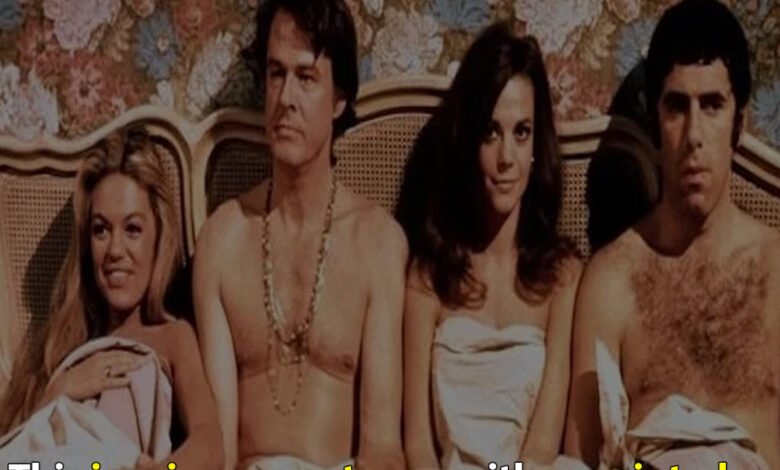The Revolutionary Legacy of Bob & Carol & Ted & Alice

In 1969, the world of cinema was shaken by the debut of Bob & Carol & Ted & Alice, a groundbreaking film that boldly explored taboo topics surrounding love, marriage, and fidelity. Directed by Paul Mazursky, this comedy-drama skillfully blended humor and sincerity to challenge societal norms, sparking debates about relationships that remain relevant even today. With its unapologetic take on open relationships and emotional transparency, the film became a mirror for a society grappling with rapid cultural change. Let’s revisit this iconic movie and understand why it holds such a special place in the history of cinema.
A Story That Redefined Love and Relationships
At its heart, Bob & Carol & Ted & Alice follows two couples navigating the shifting ideals of love and fidelity in the turbulent late 1960s. After attending a therapy retreat, Bob and Carol adopt a more “liberated” mindset about emotional openness and sexual freedom. This new perspective leads to hilarious and awkward encounters with their more conventional friends, Ted and Alice. The film is a brilliant mix of satire and heartfelt emotion, poking fun at the absurdities of modern relationships while addressing deeper, universal truths about intimacy and connection.
The inspiration for this revolutionary story came from Paul Mazursky’s visit to the Esalen Institute in Big Sur, California, a New Age therapy retreat known for its unconventional group therapy sessions. These raw, unscripted interactions became the foundation for the script, allowing the film to strike a perfect balance between comedy and poignancy. By showcasing the messy yet relatable dynamics of love, Mazursky created a timeless commentary on the complexity of human relationships.
A Stellar Cast and Creative Vision
Much of the film’s success can be attributed to its incredible cast, who brought depth and relatability to their characters. Natalie Wood, one of Hollywood’s most beloved stars, delivered a standout performance as Carol, blending grace, humor, and vulnerability. Known for her elegance, Wood revealed a playful side that made even the riskiest scenes feel authentic.
Dyan Cannon gave a powerful performance as Alice, reintroducing herself to Hollywood after a difficult time in her personal life. Her nuanced portrayal earned her an Academy Award nomination, showcasing her remarkable range as an actress. Meanwhile, Robert Culp and Elliott Gould added humor and charm as Bob and Ted. Gould’s relatable comedic timing made him a fan favorite, while Culp’s confident and suave energy balanced the cast perfectly.
Behind the scenes, the making of the film was as fascinating as the story itself. Mazursky, directing his first feature, faced early challenges, including a moment of self-doubt on the first day of filming. Cinematographer Charles Lang stepped in to guide him, giving Mazursky the boost he needed to complete the project. The iconic bedroom scene, where all four characters share a bed, was largely improvised, lending it a natural and honest feel that audiences loved.
Cultural Impact and Lasting Influence
When Bob & Carol & Ted & Alice hit theaters, it was nothing short of revolutionary. By addressing open relationships, emotional transparency, and the evolving concept of marriage, the film challenged traditional ideas of love and sparked important conversations about modern intimacy. It wasn’t just provocative—it was thought-provoking, encouraging viewers to reevaluate their own relationships.
The movie earned four Academy Award nominations, cementing its place in the New Hollywood movement of the late 1960s and early 1970s. Its influence can still be felt today, as it paved the way for films and TV shows that delve into the complexities of human relationships with honesty and humor. By blending satire with empathy, Bob & Carol & Ted & Alice captured the essence of an era defined by cultural upheaval and remains a timeless exploration of love, connection, and vulnerability.



